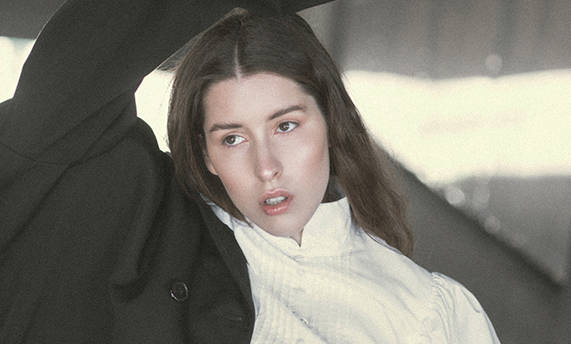
PER SE
Photographer: Tatyana Tretyakova @truettstudio
Makeup Artist: Anna Atakan @ninimakeupofficial
Wardrobe Stylist: Natalia Tsareva @bytsareva
Model: Marina Vysotskaia @breathemoment

Photographer: Tatyana Tretyakova @truettstudio
Makeup Artist: Anna Atakan @ninimakeupofficial
Wardrobe Stylist: Natalia Tsareva @bytsareva
Model: Marina Vysotskaia @breathemoment
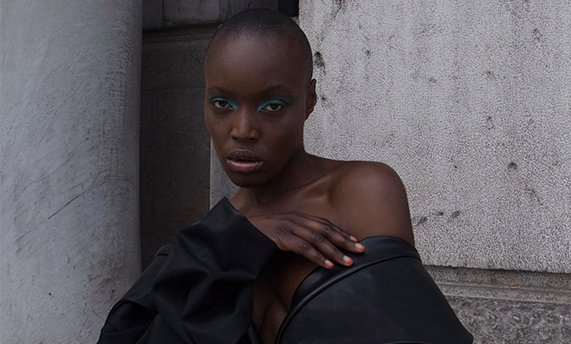
PHOTO: El John Henrrys @enriqueleyva_
Styling: Francisco Garrido @franz_cisco_
MUA: Rodrigo Quintos @xquintosx
Model: Fola @lovefola
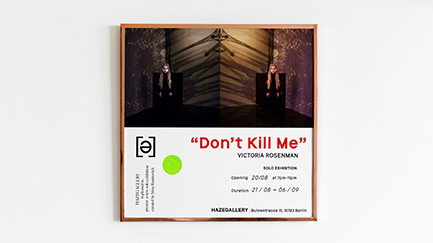
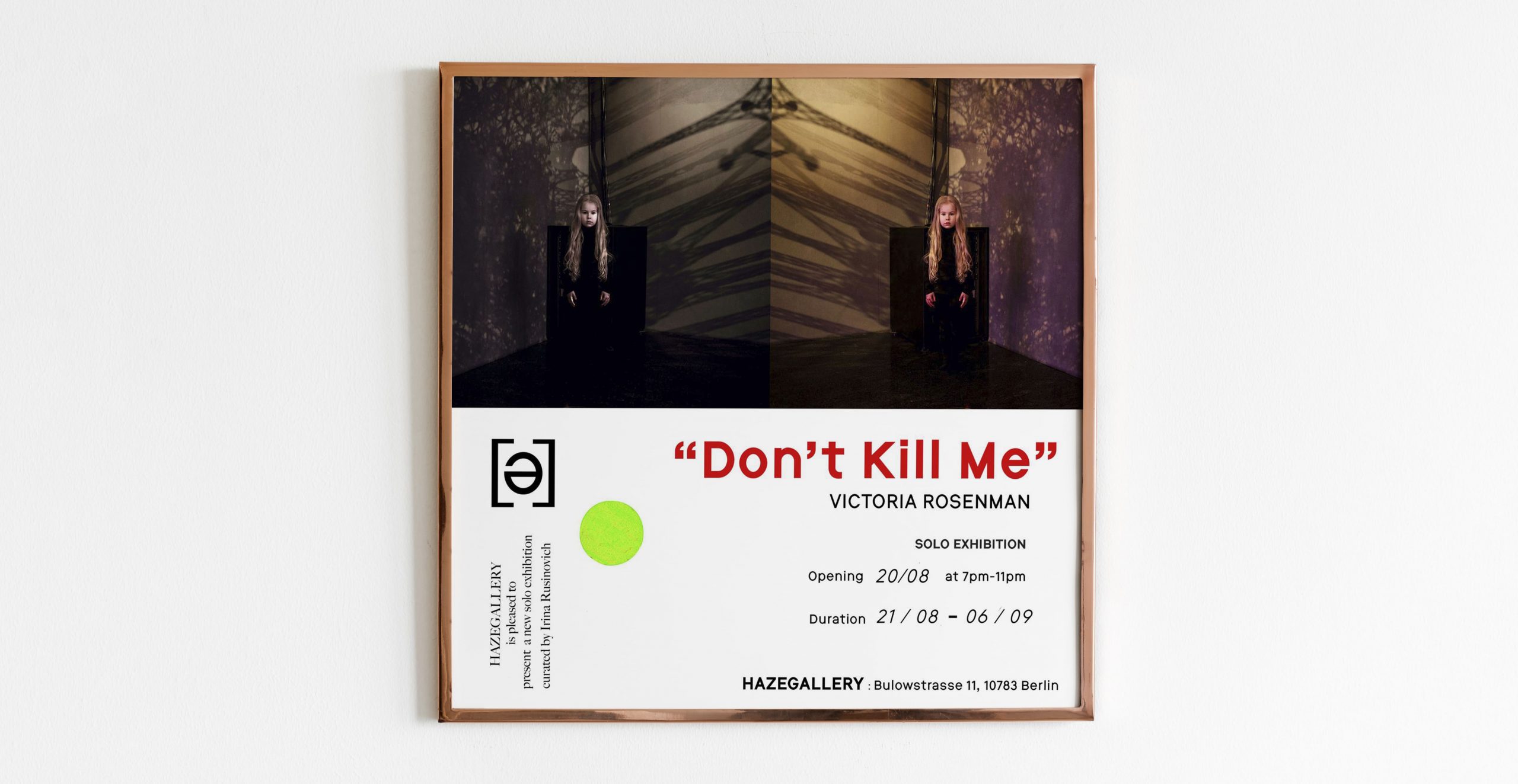
The artist explores the space of an inner dialogue seeking connections between her present self and the child she used to be. Continuing her famous series “Vom Vernichten einer Muse” (Destruction of A Muse), Victoria Rosenman exposes the very condition of “deliberate uncertainty” that comes naturally to being a muse, releasing creative energy from it.
12 photo-based works by Victoria Rosenman will be on display until September 06/2020
Sign up for our newsletter haze.gallery
CAMERA WORK gallery is pleased to present an exhibition of Martin Schoeller’s work from June 20 through August 29, 2020. The exhibition presents a selection of new portraits from Martin Schoeller’s legendary »Close Up« series for the first time worldwide. The selection includes famous international personalities such as Metallica, Michael Douglas, Toni Garrn, Anne Hathaway, Kobe Bryant, George Clooney, and Michael Jordan in a unique and incomparable visual language. A comprehensive photobook entitled »Works« was published by Steidl this year.
Martin Schoeller levels people from various backgrounds on the same platform, inviting comparison in a democratizing approach to portraiture that depicts famous subjects such as Robert De Niro or Christopher Walken with the same technical treatment. Schoeller started his »Close Up« series over 22 years ago. The exhibition showcases works created since 2005, when CAMERA WORK hosted his first »Close Up« exhibition. In this series the German artist photographs each of his subjects‘ faces with the same camera angle, lens, and lighting. The expressions are consistently neutral, serious yet relaxed, in an attempt to tease out people’s differences and capture moments »that feel intimate, unposed.« Just like in a trusting relationship, the portrayed individuals accept the photographer’s rules, which have lent to his unique style that became a trademark around the world. These rules, for example, include the minimal utilization of make-up as well as doing without beauty or skin touch-up in post-production. The result is a more vulnerable, mask-less form of expression, enabling an easier study of faces and personalities.
Born in Munich in 1968, Martin Schoeller is one of the most renowned and preeminent contemporary portrait photographers. After studying photography in Berlin at the prestigious Lette-Verein and in Hamburg, he assisted as Annie Leibovitz in New York for four years before starting to focus exclusively on his own photography in 1996. Martin Schoeller is a regular contributor to acclaimed publications and, like Richard Avedon before him, served as a contract editorial photographer for »The New Yorker«. His first book »Close Up« (teNeues) was published in 2005, followed by several fine art books that showcase other facets of Schoeller’s work. Editions of his photography are sought-after in the fine art market and are exhibited in museums and art institutions around the world. The Nederlands Fotomuseum in Rotterdam hosted a retrospective in 2018 and NRW-Forum in Düsseldorf is presenting a retrospective until September 2020.
Exhibition from June 20 through August 29, 2020 Telephone interviews with Martin Schoeller on request
CAMERA WORK · Kantstrasse 149 · 10623 Berlin · Germany www.camerawork.de Opening hours: Tuesday to Saturday · 11 a.m. to 6 p.m. · Free admission
@cameraworkgallery @cameraworkberlin · #cameraworkgallery
Sign up for our newsletter here
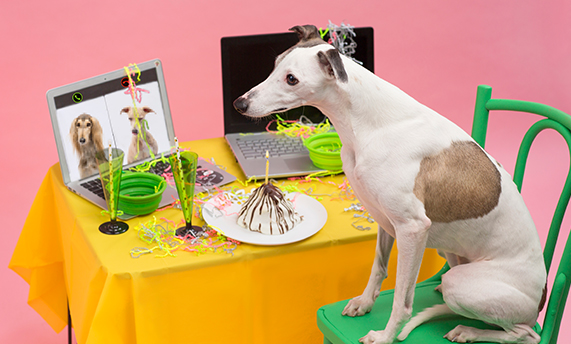
Concept/Photo – Angelika Goltyaeva @angelika.gotyaeva
Photo Assistant and Set design – Polina Kochetkova @kochetkova.po
Dog models: Saluki – Salgrey’s Magellan Domino owner Eugenia Kos @domino_saluki
Whippet white – Ballantavi’s Dendy, whippet tiger – Pacific Dancer of Verywhip owner Maria Scherbakova @barabashka911
Studio – Wonderstudio @wonderstudio

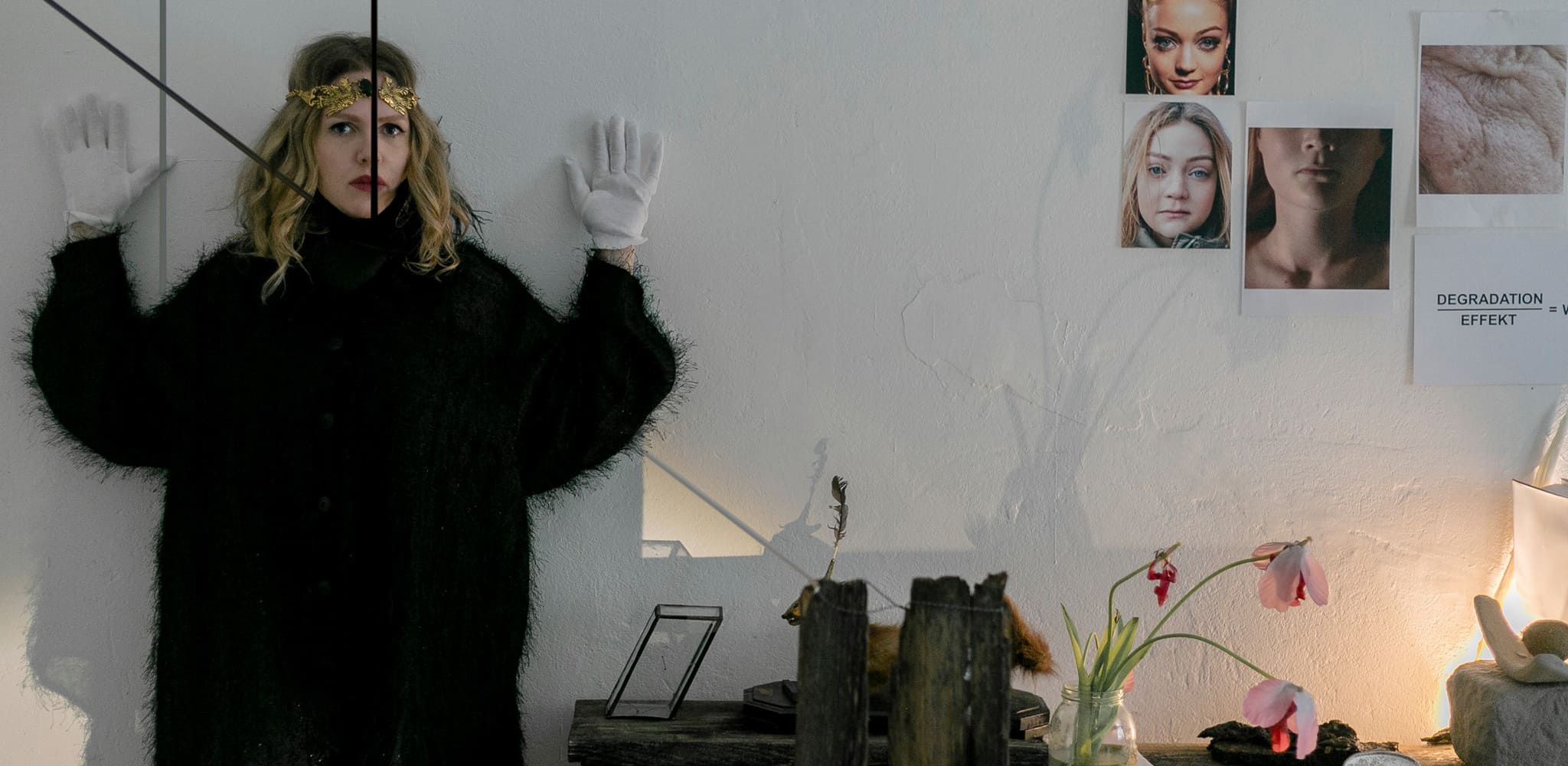
Text
I r i n a R u s i n o v i c h
1.Victoria, you have an art education and you planned to devote yourself to painting. What was the key moment to choosing photography as your medium?
There were exactly two key moments that led me to photography:
My familiarity with graphics and painting and unfortunately also my subjective or false perception of artistic value. In the first year of study, I felt very privileged when it came to painting techniques, because I was convinced that my years of experience as a child in a Russian painting school full of discipline and all conventions proved my skill and that I was able to do something better than other people. I demonstrated lifelike illustrations on paper or canvas, but they were without content. This demonstration of the inauthentic, technical ability resulted in my first strong artistic block.
At that time my professor recommended that I write down all my suffering and other emotional states, so that as semester papers and at exhibitions I presented all the texts and formulas that came from within. The reaction of the audience was rather neutral, which made me very outraged and sad. Nobody wanted to read subjective pseudophilosophical texts by an art student. So I decided on stronger visualisation so that outsiders can better engage with my thoughts and concepts. So I started to reproduce the content of what was written in the form of photography: texts became images.
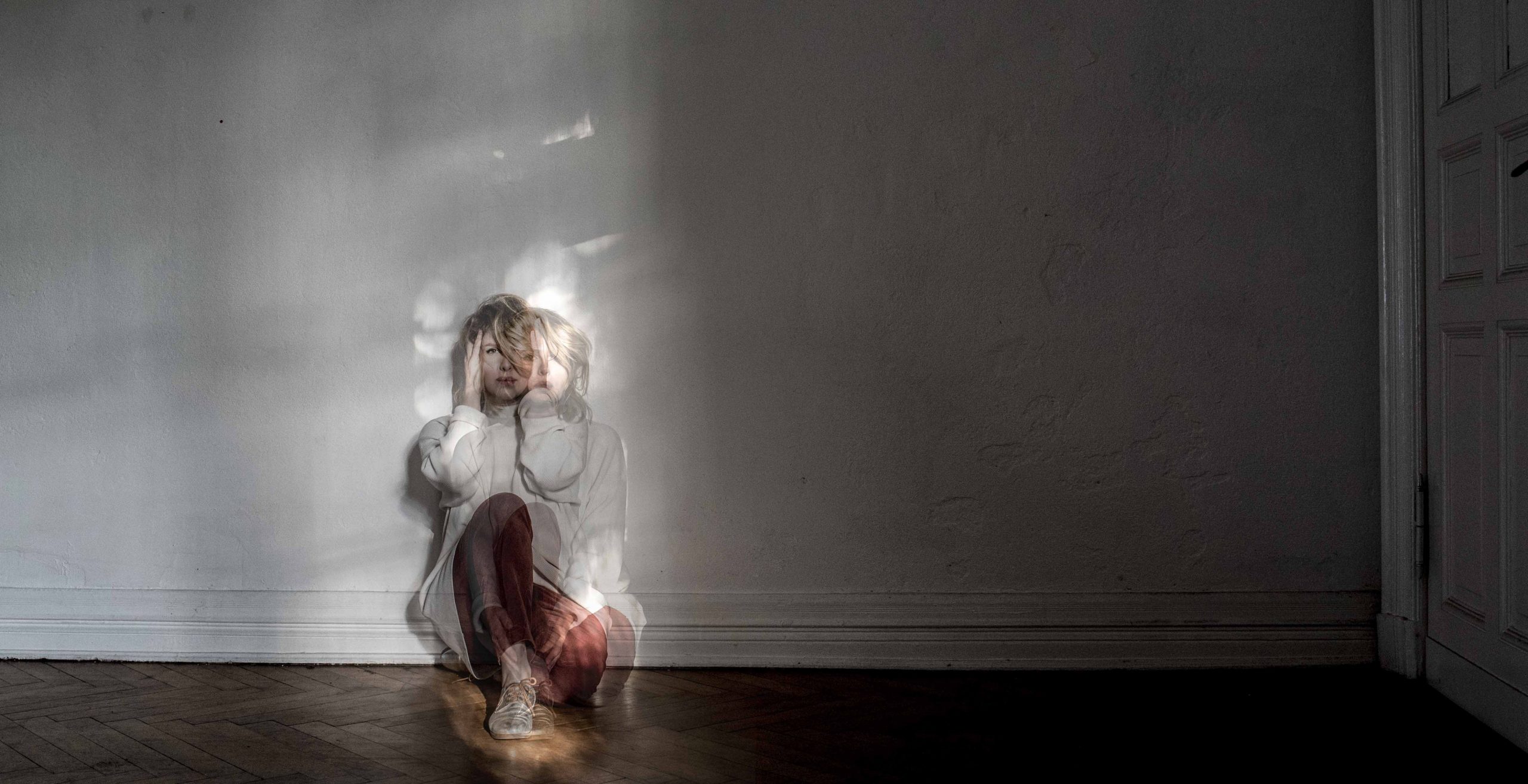
Another reason why I chose photography and why I also continue the project „From the destruction of a muse“ (the upcoming exhibition „Don’t kill me“ is another component of the project) , are interpersonal relationships that inspire and frighten me, which I ultimately “preserve” as an eternal requiem in various forms of representation.
I started documenting an extraordinary relationship. I wanted to capture the personality of a person because this presence and aura in a good sense nourished and moved me. For me, this person was a muse – a source of inspiration. I later found out that certain characteristics and polarities of a human personality are very appealing to me and I want to „hold onto“ more of the psyche of everyone. Photography was able to clarify my visions and a certain stage of my relationships and trigger further, productive thought processes.
2.Your oevre is inspired by classical photography; light, shapes and color. What do you think is the starting point in your work?
I would not say that they are classic photographic representations. I mostly take pictures outdoors in daylight – I use almost no artificial light sources because I love painterly aesthetics and the transition or mixing of photos to and / or painting is very liberating. I don’t want to commit myself to a specific medium, the photos I take are part of the whole. Texts, installations and, of course, the “muses” are part of the whole. Often at my openings people are exhibited in front of their photographic images, which I call my muses. So I offer the viewer to compare the „living“, „breathing“ reality with my perception. Speaking of comparisons: if we come back to the original question: the classic view of my photos is explained or visible to the extent that, of course, I do not like depth of field or photograph everything sharply and light / shadow plays often achieve painterly effects that are reminiscent of old master paintings.
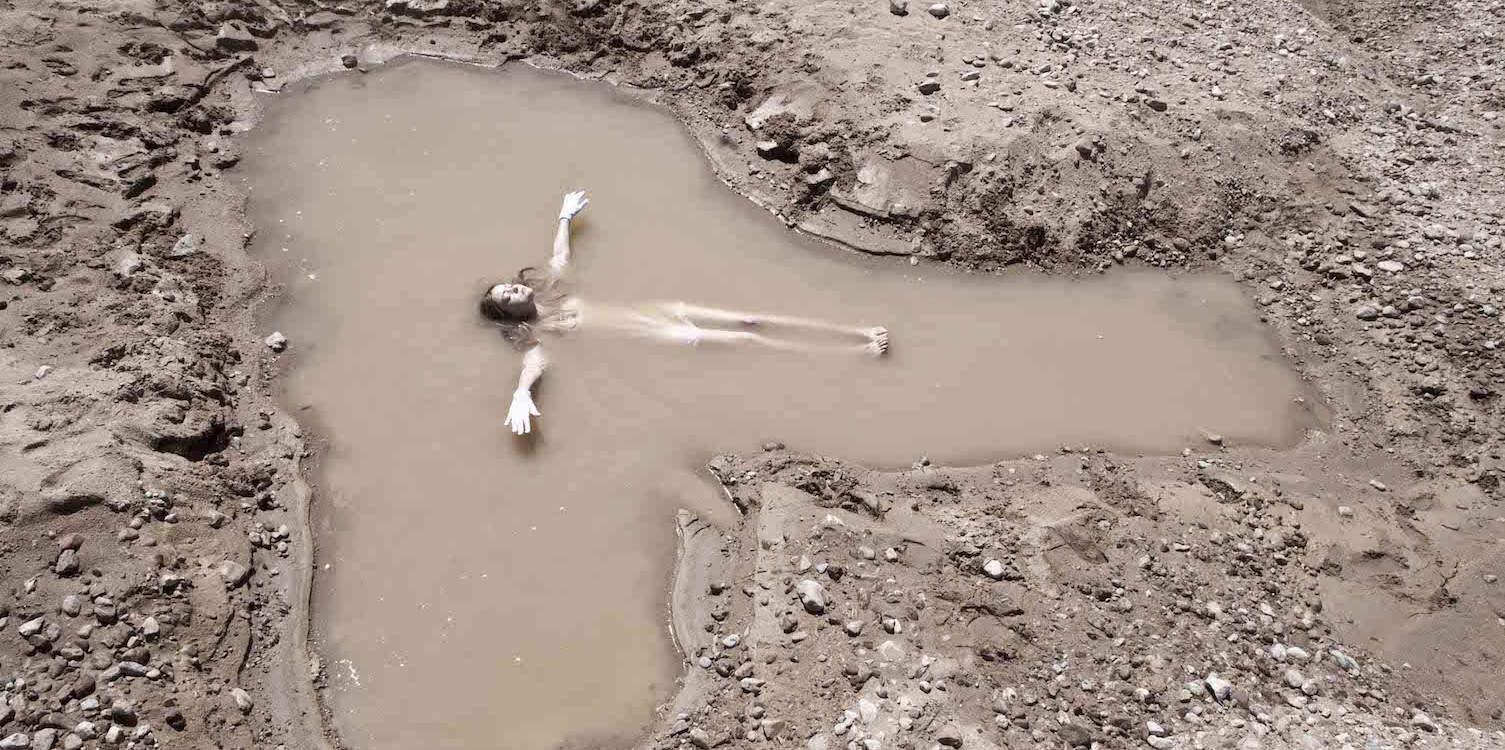
3.Choosing a Muse is the main part of the process for your works. Tell us about how you choose them?
I watch a lot, but I’m not looking for people who should become my muses. People who work with me on the project, despite their openness, radiate a lot of discrepancy and are not afraid to show their vulnerability. To recognise such a character, of course, I also have to spend some time with this person. The revelation of the inner polarities of a muse is the origin and beginning of my artistic work. The photographic illustration or texts are only final results or memorabilia, a valuable process that documents an interpersonal relationship – a devotion between artist and muse, an interplay of power and dependency, guilt and innocence – a mutual challenge. I also write about this in my manifestos, which I have now published in the form of an art book (the book can be purchased at the opening of „don’t kill me“)
Of course, a discrepancy between the outside and inside of a person is always very exciting and a certain appearance often leads us to get to know the personality of the person better. In the end, mutual trust counts and good friendships have developed from many processes.
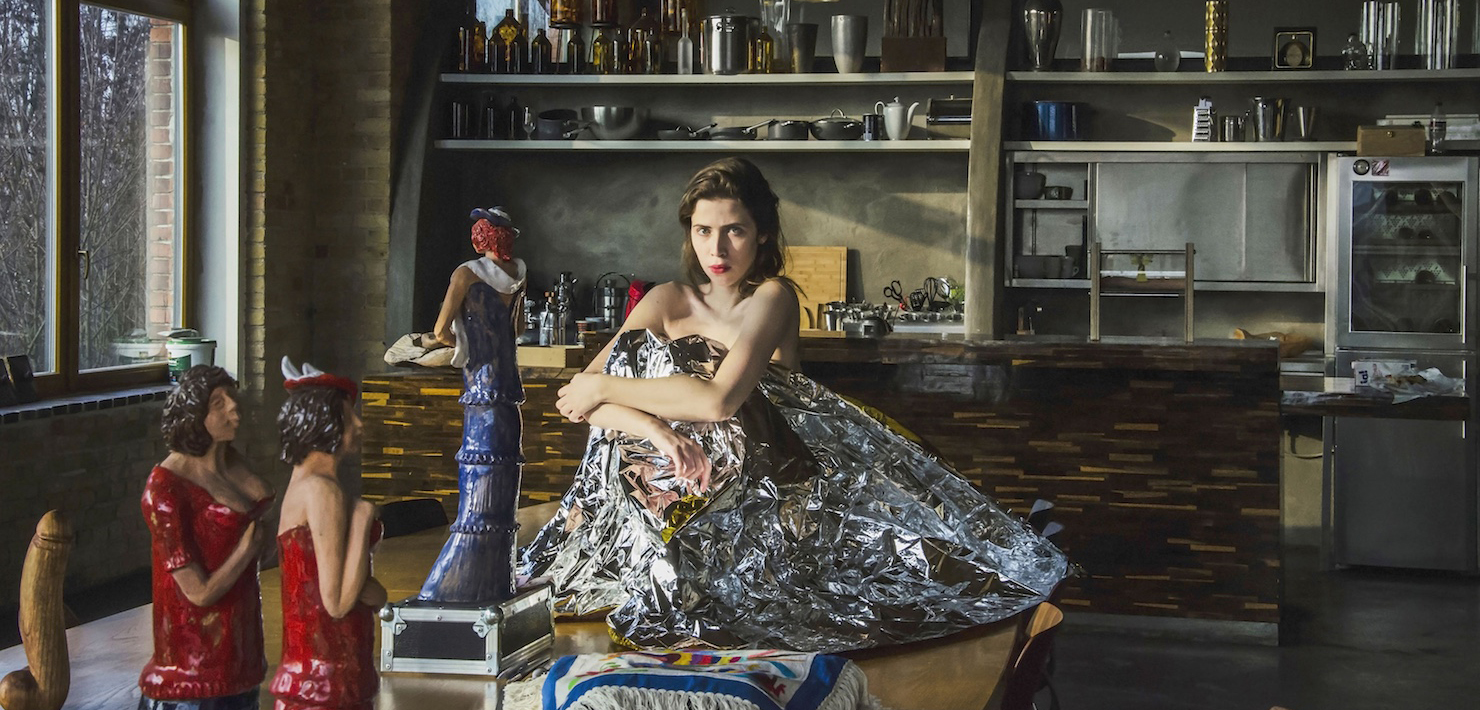
4.Your manifesto speaks of a certain “seismographic perception of a person”, please explain what exactly this means and how it is displayed in your works.
My “muses” should be able to show themselves to be as vulnerable as possible. Of course, this requires a lot of preparatory work, a process that I call very valuable. In the process, we build trust, open up, deliver each other. You go through different phases together, which are sometimes attractive, sometimes painful. Later, a clear psychogram of a personality emerges – in the case for me: a photographic image of the „current“ muse. This means that a „seismographic“ approach means a meticulous recording or demonstration of the characteristics of a muse.
5.The starting points in your work are eternal human conflicts; power and dependence, destruction and creation. What exactly do you project in your works? Process or decision
The process is supposed to satisfy me in the first place and when it happens, I automatically trigger new thoughts and thus also offer solutions. Whether these solutions can be applied to other individuals is less important to me. It is enough if questions arise. „Mark“ questions people – I like this idea.

6.Describe what beauty means to you in a nutshell.
I think there are many types of beauty and their intensities increase or decrease in different contexts. For this I reveal my first, self-invented formula, which I presented on a DinA4 sheet of paper in my first year of graduation:
Degradation / effect = value.
And don’t forget to subscribe
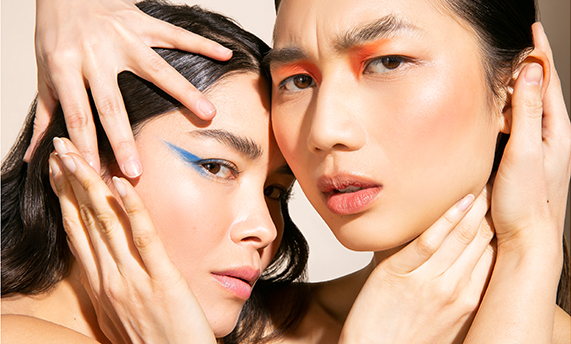
Photographer: Margaux Rodrigues @margaux_rodrigues_photographer
Makeup Artist: Clotilde Puvis de Chavannes @paintyourlips
Models: Audrey Giacomini @augiaco & Liliane Tang @lilianetang
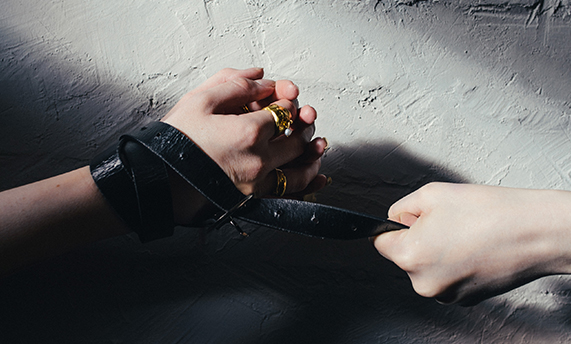
Photographer: Elena Kudryavtseva @elenakudryavtseva_photography
Fashion stylist / Creative Director: Nastya Svobodnyh @nastya_svobodnyh
HMUA: Vladislava Nikitina @vladislavanikitina
Model: Varia Umnaya @umnayaaa23
Jewelry: Anastasiia Sergacheva @sergacheva_jewelry
Underwear: CALVIN KLEIN @calvinklein
my body will say before me
my scars will scream louder than me
the metal on my body will explain more
expressively than me
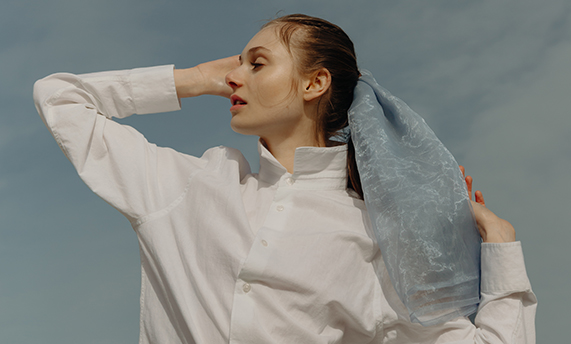
Photographer: Marcos Rodríguez Velo @marcos_rodriguezvel
Stylist: Kristina Okan @kristina_okan
Models: Malte @malteladula and Luise @luisebtk
Designer: Aurelia Paumelle @aureliapaumelle
Luise: – Shirt: Filippa K; – Hat: Paris+Hendzel;
Malte: – Suit: Filippa K; Luise: – Suit: Filippa K;
Neueste Kommentare